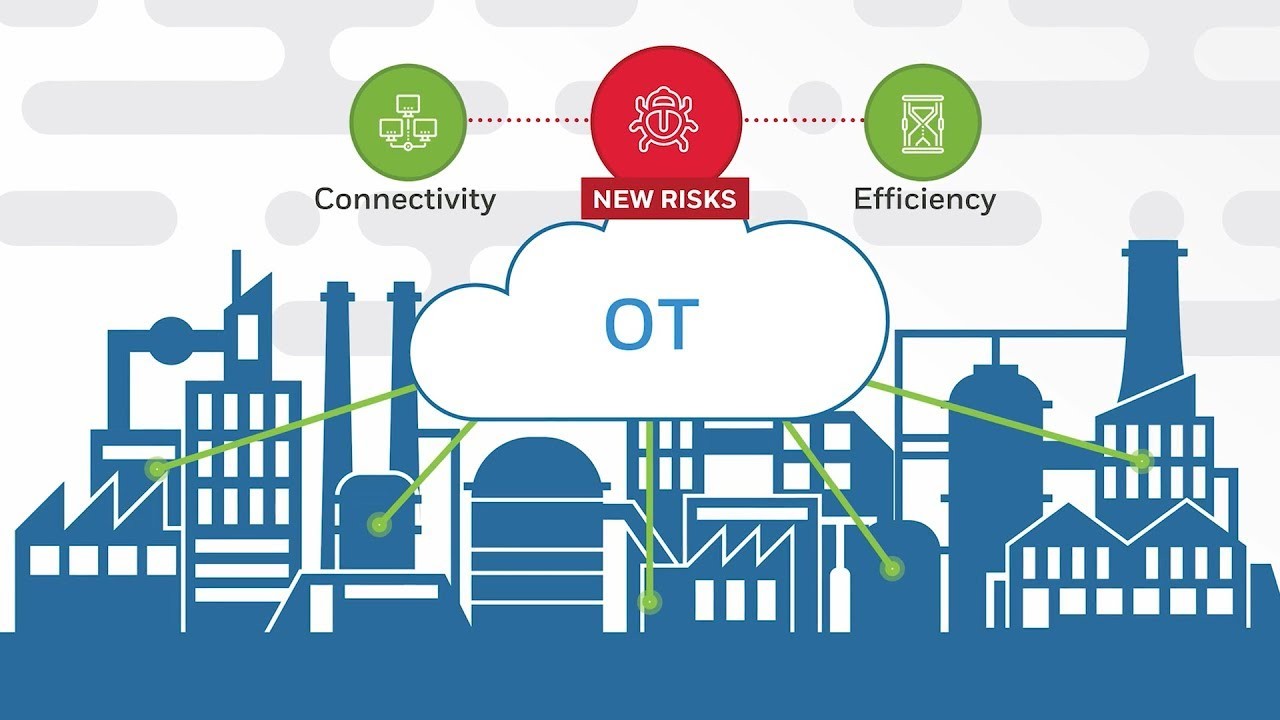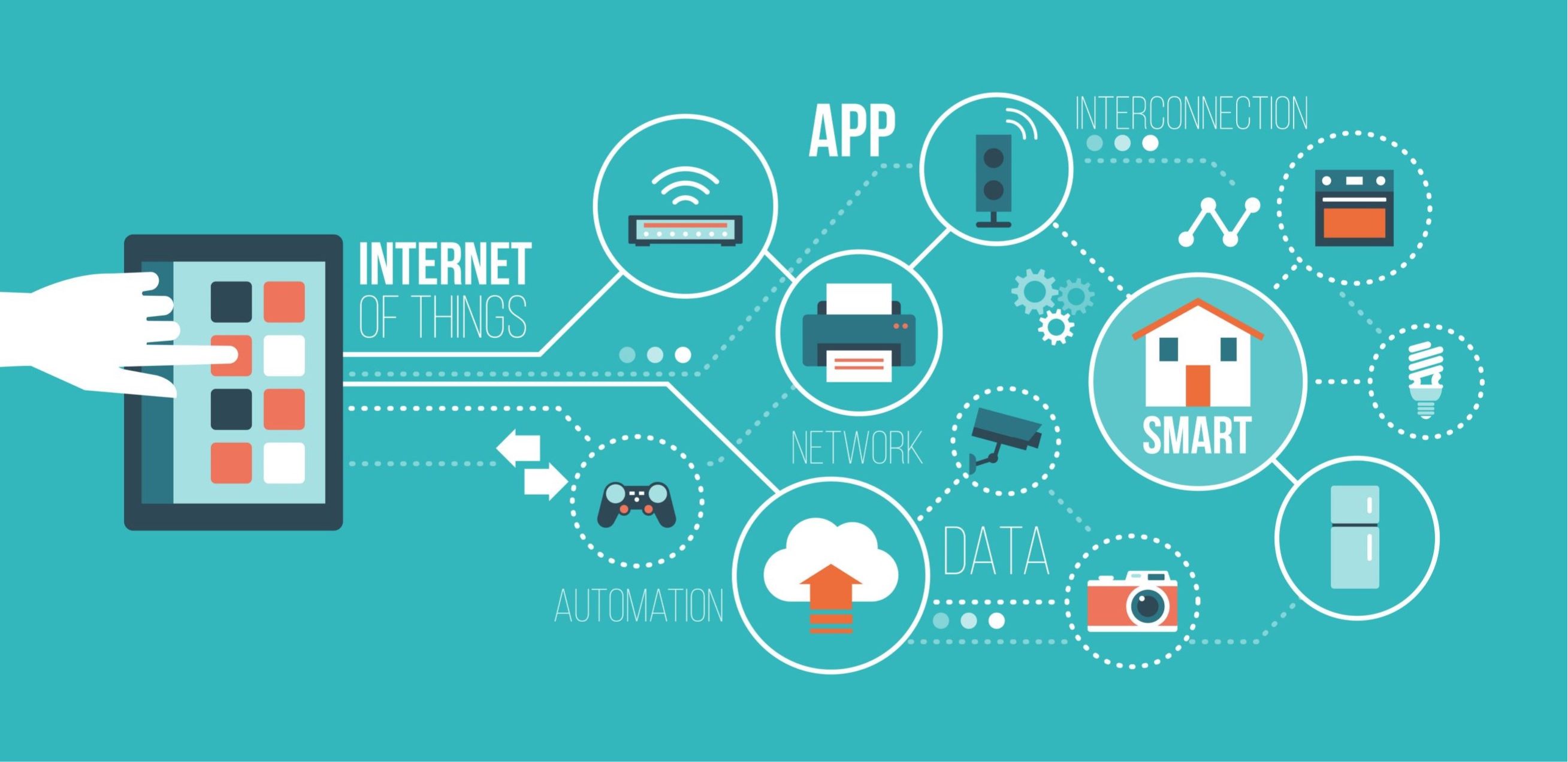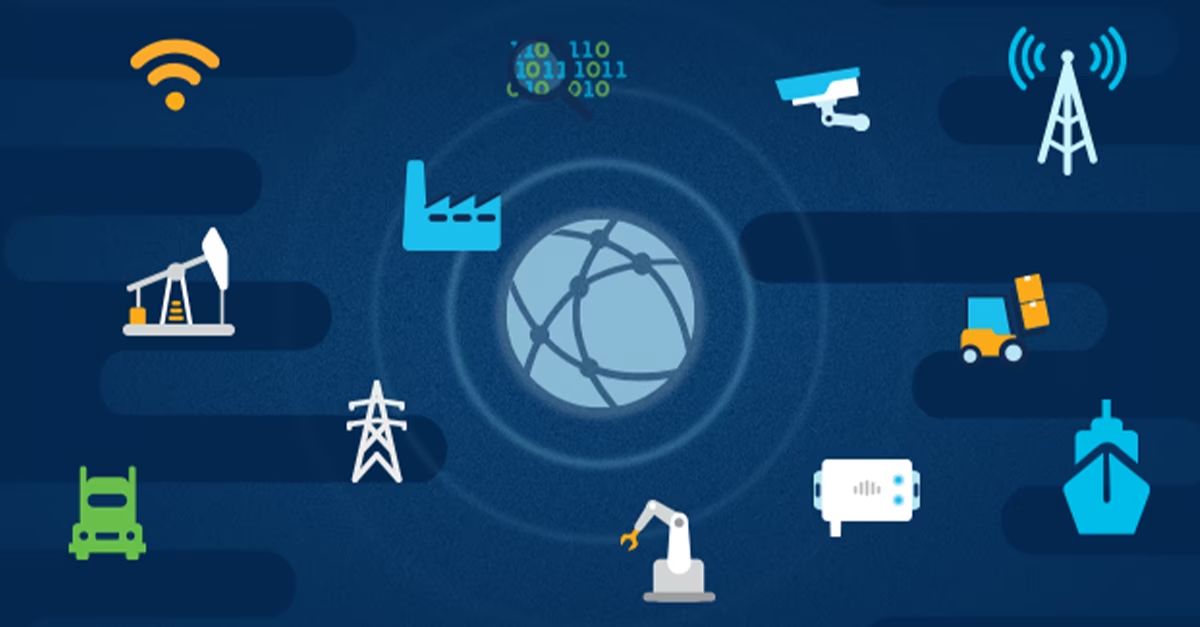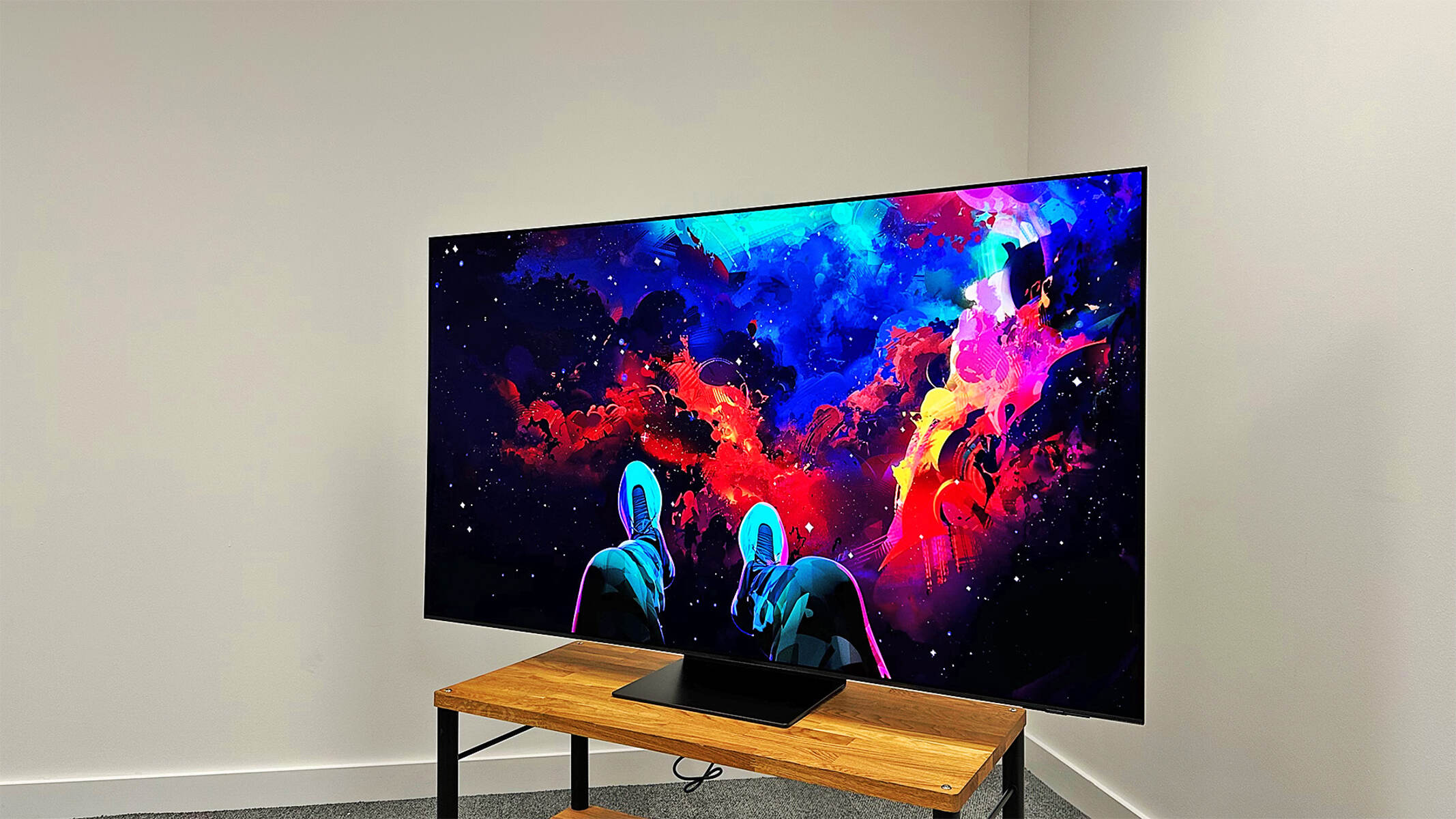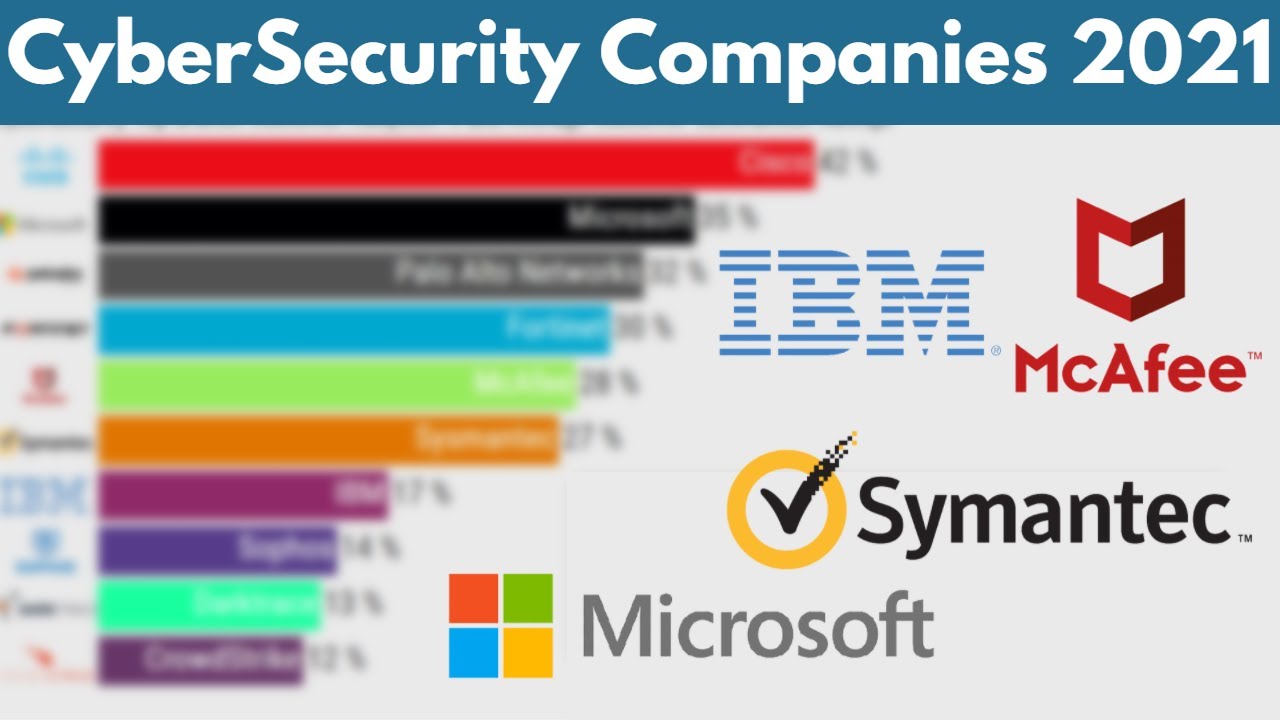What is IoT?
The Internet of Things (IoT) refers to the network of interconnected physical devices, vehicles, appliances, sensors, and other objects embedded with software, sensors, and network connectivity, enabling them to collect and exchange data.
IoT enables these devices to communicate with each other and with humans, creating a seamless connection between the digital and physical worlds. It allows for the automation, monitoring, and control of various devices and systems, leading to increased efficiency, improved decision-making processes, and enhanced convenience in our daily lives.
The foundation of IoT lies in the integration of sensors and network connectivity into everyday objects. These sensors collect data and transmit it to other devices or to the cloud, where it can be processed, analyzed, and used for various purposes. For example, smart thermostats can gather data on temperature patterns in a home and adjust settings accordingly for optimal comfort and energy efficiency.
IoT has the potential to revolutionize numerous industries, including healthcare, agriculture, transportation, manufacturing, and more. It enables the creation of smart cities, where interconnected systems enhance urban life by optimizing traffic flow, reducing energy consumption, and improving public safety.
The applications of IoT are limitless. Wearable devices monitor vital signs and physical activity, allowing individuals to track their health and fitness goals. Smart agriculture systems monitor soil moisture levels to ensure crops receive the right amount of water, increasing yield and reducing resource wastage. Industrial IoT solutions improve operational efficiency by providing real-time monitoring and predictive maintenance for equipment and machinery.
Overall, IoT has the potential to transform the way we live and work, making our surroundings smarter, more efficient, and more interconnected. As technology advances and more devices become connected, the possibilities for IoT will continue to expand, yielding benefits that can revolutionize numerous aspects of our lives.
What is OT (Operational Technology)?
Operational Technology (OT) refers to the systems and technologies used in industrial and infrastructure settings to monitor, control, and manage physical equipment and processes. Unlike Information Technology (IT) that focuses on data processing and communication, OT is specifically designed for the operation of critical infrastructure and industrial facilities.
OT encompasses a wide range of hardware and software components, including programmable logic controllers (PLCs), supervisory control and data acquisition (SCADA) systems, distributed control systems (DCS), and industrial control systems (ICS). These technologies are responsible for managing and automating tasks in industries such as manufacturing, energy, transportation, and utilities.
The primary purpose of OT is to ensure the safe and efficient operation of complex systems. For example, in a power plant, OT systems are used to monitor and control the generation, distribution, and maintenance of electricity. In manufacturing plants, OT is responsible for overseeing production processes and managing the operation of machinery and equipment.
OT relies heavily on specialized protocols and standards to ensure secure and reliable communication between devices. These protocols, such as Modbus, Profibus, and OPC, facilitate data transfer and control functions between OT devices and the systems they interact with.
Traditionally, OT systems have operated in isolated environments, separate from enterprise IT networks to minimize the risk of cyber threats and ensure operational continuity. However, with the advent of the Industrial Internet of Things (IIoT), there is a growing trend towards the convergence of OT and IT, allowing for more efficient communication, data sharing, and better decision-making.
Overall, OT plays a crucial role in ensuring the reliability and safety of critical infrastructure and industrial processes. It is the backbone of various industries and enables the automation, monitoring, and control of complex systems. As technology continues to advance, the integration of OT and IT will become increasingly important, providing new opportunities for efficiency, optimization, and innovation in industrial and infrastructure sectors.
Key Differences between IoT and OT
While IoT (Internet of Things) and OT (Operational Technology) share similarities in terms of their connection to physical devices and data collection, there are several key differences that set them apart:
1. Purpose: The primary difference between IoT and OT lies in their purpose. IoT focuses on connecting various devices and objects to the internet to collect and exchange data for improved decision-making, automation, and convenience in personal and commercial settings. On the other hand, OT is specifically designed for managing and controlling critical infrastructure and industrial processes, ensuring the reliable operation and safety of physical equipment and systems.
2. Scope: IoT has a broad scope and can be applied to various industries and sectors, including healthcare, agriculture, transportation, and smart homes. It covers a wide range of consumer and commercial applications. In contrast, OT is more specialized and heavily utilized in industrial settings such as manufacturing plants, energy utilities, and transportation networks.
3. Communication Protocols: IoT devices typically use common protocols like HTTP, MQTT, or CoAP for communication, allowing interoperability and easy integration with other IoT devices and cloud platforms. In contrast, OT systems often rely on proprietary or industry-specific communication protocols, such as Modbus or Profibus, customized for the unique requirements of industrial control and automation.
4. Data Types: IoT devices collect a wide variety of data types, including environmental conditions, user interactions, and behavioral patterns. This data is often unstructured and requires analysis to derive meaningful insights. In OT, the focus is on collecting real-time operational data, such as equipment status, sensor readings, and process parameters. This data tends to be structured and is critical for monitoring and controlling industrial processes.
5. Network Architecture: IoT devices are usually connected to the cloud via the internet and rely on cloud services for storage, processing, and data analytics. In contrast, OT systems are often implemented in local networks known as Supervisory Control and Data Acquisition (SCADA) networks or Industrial Control Systems (ICS), ensuring fast and reliable communication between devices and minimizing latency and dependency on external networks.
6. Security Requirements: Security is a crucial aspect in both IoT and OT. However, OT systems have stricter security requirements due to their critical nature. OT systems typically employ robust security measures, including access control, encryption, and intrusion detection systems, to protect against unauthorized access, cyber-attacks, and potential disruption of critical processes.
Understanding these key differences is essential when considering the implementation of IoT or OT in a specific industry or application. Both technologies have unique strengths and play vital roles in driving digital transformation and enhancing operational efficiency in different contexts.
Similarities between IoT and OT
While IoT (Internet of Things) and OT (Operational Technology) have distinct characteristics and purposes, they also share several similarities:
1. Connection to Physical Devices: Both IoT and OT are connected to physical devices and equipment. IoT devices, such as sensors, actuators, and smart devices, collect data from the physical environment and transmit it to other devices or the cloud for analysis and processing. Similarly, in OT, devices like sensors, PLCs, and control systems are used to monitor and control physical equipment and processes in industrial settings.
2. Data Collection and Analysis: Both IoT and OT involve the collection and analysis of data. In IoT, data is collected from a wide range of sources, including sensors, devices, and user interactions. This data is then processed and analyzed to extract valuable insights and support decision-making. Similarly, in OT, data is collected from operational processes, equipment, and sensors to monitor performance, detect anomalies, and optimize industrial processes.
3. Automation and Control: Both IoT and OT enable automation and control of devices and processes. In IoT, automation is achieved through connectivity and data exchange, allowing devices to interact and perform tasks without human intervention. OT, on the other hand, focuses on the control and management of physical equipment and processes in industrial settings, ensuring efficient and safe operation.
4. Integration with Information Technology: IoT and OT often integrate with Information Technology (IT) systems. IoT devices and platforms rely on cloud computing, data analytics, and communication protocols like HTTP or MQTT, which are commonly used in IT infrastructure. Similarly, OT systems are increasingly adopting IT technologies to enhance connectivity, data sharing, and decision-making, leading to the convergence of IoT and OT.
5. Improving Efficiency and Performance: Both IoT and OT aim to improve efficiency and performance in different contexts. IoT devices and systems enable automation, remote monitoring, and predictive maintenance, resulting in optimized resource usage and reduced downtime. Similarly, OT systems optimize industrial processes, enhance equipment performance, and improve operational efficiency, leading to cost savings and increased productivity.
6. Security and Privacy Concerns: Both IoT and OT face similar security and privacy challenges. Connected devices in IoT can be vulnerable to cyber-attacks and breaches, leading to privacy concerns and potential disruptions. Similarly, in OT, ensuring the security and integrity of industrial systems is crucial to prevent unauthorized access and protect critical infrastructure.
Understanding the similarities between IoT and OT allows for the identification of potential synergies and opportunities for collaboration between these technologies. As they continue to evolve, the integration of IoT and OT can drive advancements in various industries, enabling smarter, more efficient, and interconnected systems.
IoT and OT in Various Industries
The combination of IoT (Internet of Things) and OT (Operational Technology) has the potential to revolutionize numerous industries, enhancing efficiency, improving decision-making, and enabling new business models. Here are examples of how IoT and OT are being utilized in different sectors:
1. Manufacturing: In the manufacturing industry, IoT and OT are transforming traditional factories into smart and connected environments. IoT devices, such as sensors and RFID tags, monitor equipment health, track inventory levels, and optimize production schedules. OT systems enable real-time monitoring and control of production processes, ensuring efficient resource allocation and minimizing downtime.
2. Transportation and Logistics: IoT and OT are improving the efficiency and safety of transportation and logistics operations. In the logistics industry, IoT devices track the location and condition of goods in real-time, enhancing supply chain visibility and enabling predictive maintenance. OT systems control traffic flow, manage transportation networks, and optimize route planning to reduce congestion and improve overall efficiency.
3. Energy and Utilities: IoT and OT are driving the transformation of the energy and utilities sector. Smart grids, enabled by IoT devices and OT systems, monitor electricity consumption, detect anomalies, and optimize energy distribution. IoT sensors are deployed to improve energy efficiency in buildings, while OT systems control the operation of power plants and utilities, ensuring reliable and sustainable energy supply.
4. Healthcare: In the healthcare industry, IoT and OT are improving patient care and operational efficiency. IoT devices, such as wearable sensors and remote monitoring systems, enable continuous health monitoring and personalized treatment. OT systems automate processes like inventory management and patient scheduling, streamlining operations and improving overall healthcare delivery.
5. Agriculture: IoT and OT solutions are transforming agriculture through precision farming practices. IoT sensors collect data on soil moisture, temperature, and nutrient levels, allowing farmers to optimize irrigation and fertilizer usage. OT systems control irrigation systems, monitor plant health, and automate equipment for efficient agricultural operations.
6. Smart Cities: IoT and OT are crucial for the development of smart cities. IoT devices and sensors placed throughout the city collect data on traffic patterns, air quality, waste management, and infrastructure utilization. OT systems then analyze this data to optimize resource allocation, reduce energy consumption, and enhance public safety.
The integration of IoT and OT is not limited to these industries. Other sectors, such as retail, hospitality, and financial services, can also benefit from the combination of these technologies. As IoT and OT continue to advance, their impact on various industries will only grow, leading to significant improvements in productivity, sustainability, and customer experience.
Benefits of IoT and OT
The integration of IoT (Internet of Things) and OT (Operational Technology) offers a wide range of benefits across different industries and sectors. Here are some key advantages of leveraging IoT and OT:
1. Improved Operational Efficiency: IoT and OT enable real-time monitoring and control of equipment, processes, and systems. This leads to improved operational efficiency through optimized resource allocation, reduced downtime, and enhanced automation. By collecting and analyzing data from various sources, organizations gain valuable insights to streamline operations, increase productivity, and drive cost savings.
2. Enhanced Decision-Making: IoT and OT provide businesses with access to real-time, accurate, and meaningful data. This data can be analyzed and used to make informed decisions, resulting in improved operational performance and strategic planning. By leveraging IoT and OT, organizations can gain insights into market trends, customer preferences, and operational bottlenecks, enabling them to respond quickly and effectively.
3. Cost Savings: IoT and OT enable predictive maintenance, which helps prevent equipment failures and reduces unplanned downtime. By monitoring the health and performance of machinery, organizations can schedule maintenance activities when needed, preventing costly breakdowns. Additionally, by optimizing energy usage, resource allocation, and operational processes, businesses can reduce energy consumption and minimize waste, leading to significant cost savings.
4. Enhanced Safety and Risk Management: IoT and OT allow for real-time monitoring of safety-critical systems and processes, ensuring proactive identification and mitigation of potential risks. Integrated sensor networks and machine-to-machine communication enable rapid response to emergencies and the implementation of preventive measures. This proactive approach leads to improved safety conditions for employees, reduced accidents, and enhanced risk management.
5. Improved Customer Experience: IoT and OT enable personalized and context-aware experiences for customers. Through IoT devices and OT systems, businesses can gather data on customer preferences, behavior, and usage patterns. This data can then be used to deliver tailored products, services, and experiences, leading to increased customer satisfaction, loyalty, and retention.
6. Enablement of New Business Models: IoT and OT provide the foundation for innovative business models and revenue streams. For example, connected devices can enable subscription-based services or outcome-based pricing models, where customers pay for the value they receive rather than the product itself. This allows businesses to create new revenue streams and adapt to changing market dynamics.
7. Environmental Sustainability: IoT and OT enable organizations to optimize resource usage and reduce environmental impact. Through real-time monitoring and control, businesses can minimize energy consumption, reduce waste, and optimize water usage. By leveraging IoT and OT, organizations can contribute to sustainability goals and promote environmental stewardship.
The benefits of IoT and OT extend across various industries, including manufacturing, healthcare, transportation, and more. As organizations continue to embrace these technologies, the potential for increased operational efficiency, cost savings, and improved customer experiences will only grow, leading to a more connected, efficient, and sustainable future.
Challenges in Implementing IoT and OT
Implementing IoT (Internet of Things) and OT (Operational Technology) presents various challenges that organizations need to address to ensure successful deployment and operation. Here are some key challenges in implementing IoT and OT:
1. Security and Privacy: Security is a major concern when it comes to IoT and OT. As more devices and systems become interconnected, the risk of cyber-attacks and data breaches increases. Organizations must implement robust security measures to protect against unauthorized access, ensure data privacy, and safeguard critical infrastructure from potential threats.
2. Interoperability: The integration of diverse devices, systems, and protocols can lead to interoperability challenges. IoT devices often use different communication protocols, making it challenging to ensure seamless connectivity and data exchange. Similarly, in OT, compatibility issues between legacy systems and newer technology can pose integration challenges, requiring careful planning and implementation.
3. Data Management and Analytics: IoT and OT generate vast amounts of data that need to be collected, stored, and analyzed effectively. Managing this data and extracting valuable insights can be complex, especially when dealing with real-time data streams from numerous sensors and devices. Implementing robust data management systems and advanced analytics capabilities is crucial to harness the full potential of IoT and OT.
4. Scalability: Scaling IoT and OT deployments can be challenging due to factors such as network bandwidth limitations, device management, and infrastructure scalability. As IoT networks expand and the number of devices increases, organizations must ensure the infrastructure can handle the growing volume of data traffic and devices without compromising performance or security.
5. Legacy Infrastructure: Many organizations have existing legacy infrastructure and systems that may not be equipped to handle IoT and OT integration. Upgrading or retrofitting these systems to support new technologies can be costly and time-consuming. Organizations must carefully evaluate their existing infrastructure and plan for necessary upgrades or replacements.
6. Cultural and Organizational Challenges: Adoption of IoT and OT requires a cultural shift within organizations. There may be resistance to change, lack of awareness, and a need for upskilling employees to adapt to new technologies and processes. Organizations need to invest in training and change management initiatives to ensure smooth adoption and employee buy-in.
7. Regulatory and Compliance: IoT and OT deployments must comply with various regulatory and industry-specific requirements. Organizations need to navigate legal and compliance frameworks related to data privacy, security, and industry standards. Compliance with regulations such as GDPR (General Data Protection Regulation) and industry-specific frameworks adds complexity to the implementation process.
Addressing these challenges requires careful planning, collaboration, and expertise. Organizations need to consider security from the design phase, prioritize interoperability, invest in robust data management and analytics capabilities, and develop a clear roadmap for scalability and infrastructure upgrades. Overcoming these challenges is essential to fully harness the potential of IoT and OT and realize their benefits in various industries.
Future of IoT and OT
The future of IoT (Internet of Things) and OT (Operational Technology) holds remarkable potential for advancing technology and transforming various industries. Here are some key trends and possibilities that shape the future of IoT and OT:
1. Expansion of IoT Ecosystem: The IoT ecosystem is expected to grow exponentially, with billions of connected devices contributing to a vast network of interconnected systems. This expansion will lead to even greater opportunities for data collection, analysis, and automation, enabling organizations to make more informed decisions and optimize processes further.
2. Convergence of IoT and OT: The convergence of IoT and OT will continue to accelerate, bringing operational technology to the forefront of digital transformation. The integration of IT and OT networks will enable more efficient communication, improved data sharing, and advanced analytics, leading to enhanced productivity, safety, and agility across industries.
3. Edge Computing: There will be an increasing reliance on edge computing, where data processing and analytics occur closer to the source rather than relying solely on cloud infrastructure. Edge computing reduces latency, enhances data security, and enables real-time decision-making, making it essential for time-sensitive applications such as autonomous vehicles, healthcare monitoring, and critical infrastructure.
4. Artificial Intelligence (AI) and Machine Learning (ML): The combination of IoT, OT, and AI/ML will revolutionize industries by enabling systems to learn from vast amounts of data and make intelligent, autonomous decisions. AI and ML algorithms will be integrated into IoT and OT systems to improve predictive maintenance, anomaly detection, and optimization of processes, leading to increased efficiency and reduced downtime.
5. 5G Network Integration: The implementation of 5G networks will enable faster and more reliable connectivity, paving the way for more advanced IoT and OT applications. The high-speed and low-latency capabilities of 5G will support real-time data transmission, enhance remote control, and facilitate seamless integration of IoT devices, enabling innovations across industries such as autonomous vehicles, telemedicine, and smart cities.
6. Sustainability and Green Initiatives: IoT and OT will play a vital role in driving sustainability initiatives. Smart energy grids, efficient waste management systems, and smart agriculture practices enabled by IoT and OT will promote reduced resource consumption, lower carbon footprint, and better environmental stewardship.
7. Industry-Specific Solutions: IoT and OT will continue to evolve with industry-specific applications and solutions. As organizations better understand the unique requirements of different sectors, IoT and OT technologies will be tailored to suit specific industries, delivering targeted benefits and addressing sector-specific challenges.
8. Ethical Considerations: As IoT and OT become more engrained in our lives, ethical considerations surrounding data privacy, security, and algorithm biases will come to the forefront. Ensuring responsible use of IoT and OT technologies and safeguarding individual privacy will be essential in shaping the future landscape.
The future of IoT and OT holds immense possibilities, promising increased automation, optimized processes, and improved decision-making across industries. As technologies continue to advance, organizations must embrace these innovations, adapt to the changing landscape, and leverage IoT and OT to stay competitive in the increasingly interconnected world.
Conclusion
The integration of IoT (Internet of Things) and OT (Operational Technology) has the potential to revolutionize industries, transform business processes, and enhance the way we live, work, and interact with the world around us. The combination of these technologies creates a powerful ecosystem of interconnected devices, advanced analytics, and automation, enabling organizations to optimize operations, improve decision-making, and deliver exceptional experiences.
IoT brings connectivity and data collection to a vast array of physical devices, allowing for real-time monitoring, analysis, and control. OT, on the other hand, focuses on the management and control of critical infrastructure and industrial processes. The convergence of IoT and OT enables organizations to bridge the gap between operational processes and digital systems, resulting in enhanced efficiency, productivity, and safety.
The benefits of IoT and OT are extensive. They include improved operational efficiency, enhanced decision-making, cost savings through predictive maintenance, and the enablement of new business models. Moreover, IoT and OT offer opportunities for environmental sustainability, risk management, and the delivery of personalized experiences for customers.
However, the implementation of IoT and OT is not without its challenges. Organizations must address concerns around security, interoperability, data management, scalability, legacy infrastructure, and organizational cultural shifts. Overcoming these challenges requires careful planning, investment in technology and expertise, and a focus on collaboration and change management.
Looking to the future, IoT and OT will continue to evolve and shape industries across the board. The expansion of the IoT ecosystem, the convergence of IoT and OT, the integration of artificial intelligence and machine learning, the deployment of 5G networks, and industry-specific solutions will drive innovation and efficiency. Additionally, ethical considerations around privacy, security, and responsible use of data will be crucial in shaping the future landscape.
In conclusion, the integration of IoT and OT brings immense potential for organizations looking to drive digital transformation, improve operational performance, and meet the demands of an increasingly connected world. By leveraging the benefits, addressing the challenges, and embracing the opportunities that IoT and OT present, organizations can unlock new levels of productivity, sustainability, and customer satisfaction.









